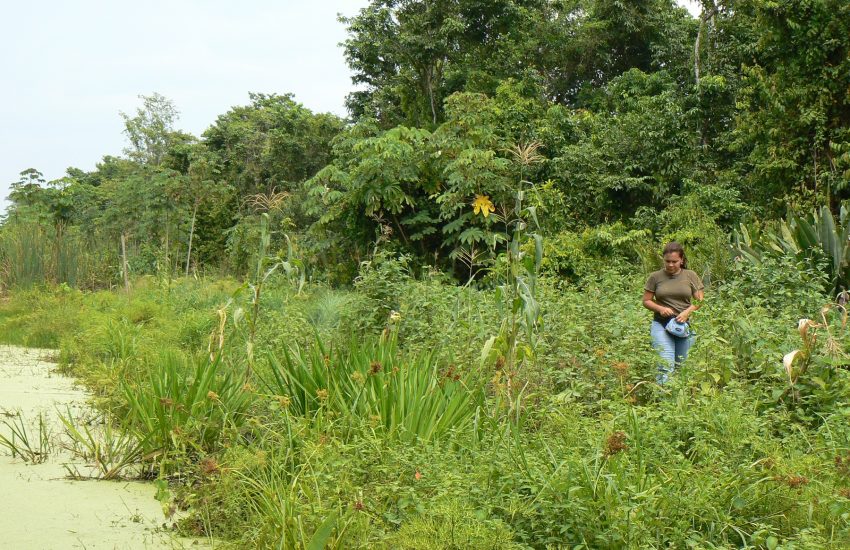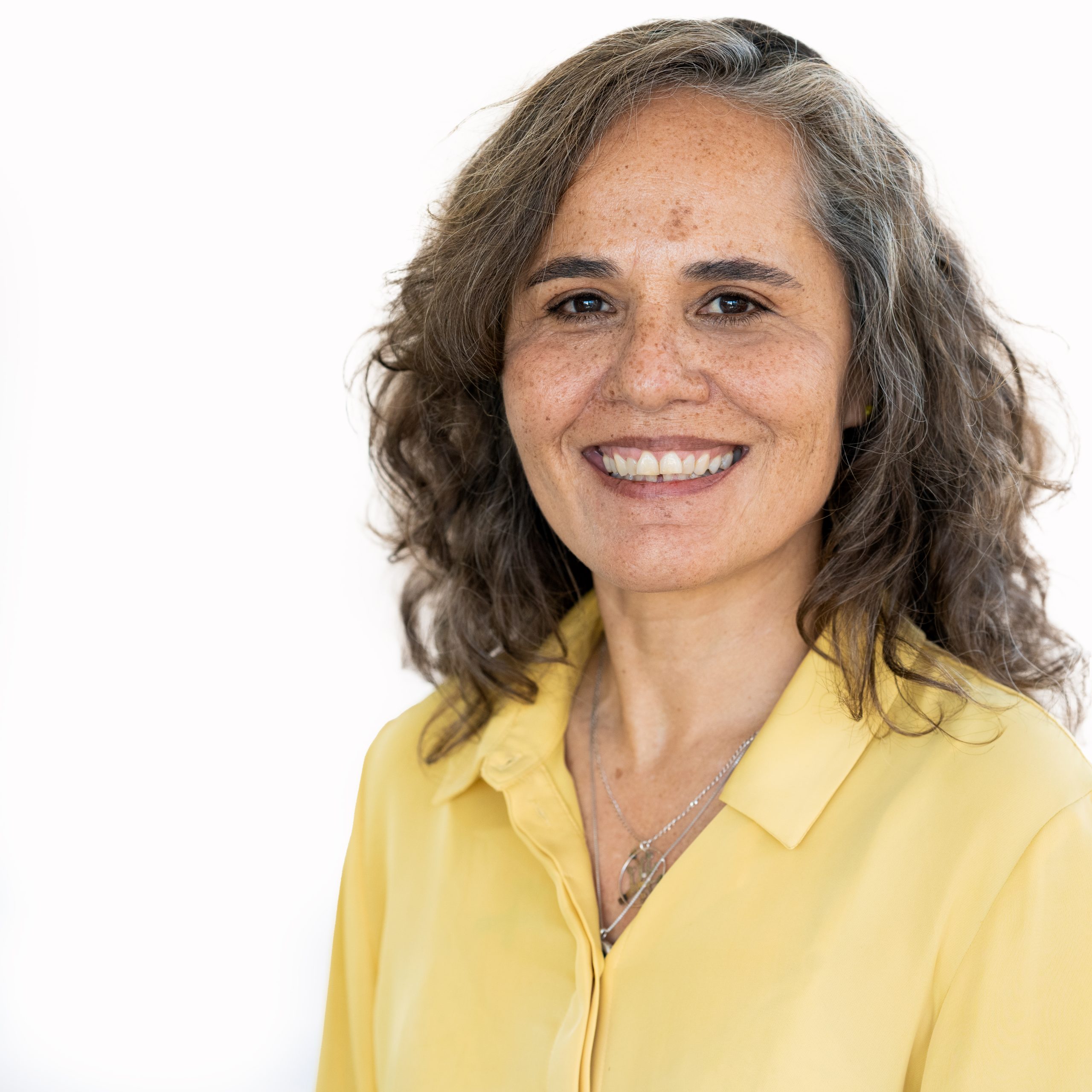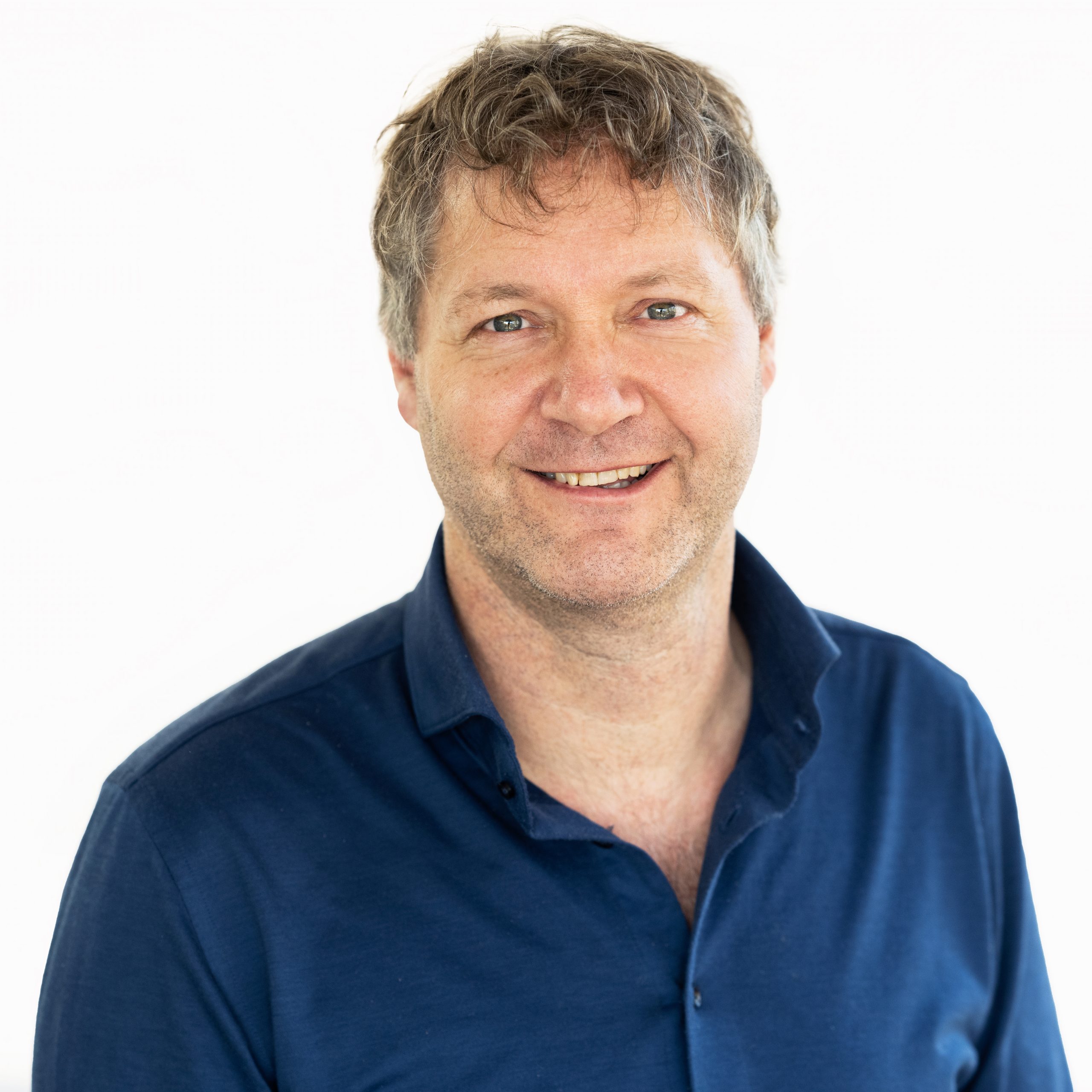Policy brief: tackling policy dilemmas for wetland restoration
08 December, 2025

Policy brief: tackling policy dilemmas for wetland restoration
08 December, 2025
Celebrating 6 years of Mobilising More for Climate
01 December, 2025
Friday 17 june 2022
When she started her studies, María Fernanda was not particularly interested in jaguars: ‘I was passionate about all wildlife: sea turtles, sharks, birds… It did not matter.’ This changed when she started to study the diet of jaguars living in western Venezuela. ‘We discovered that their diet depends on endemic species, such as an endangered Maracaibo wood turtle (Rhinoclemmys diademata). It made me realise how deeply connected jaguars are with their environment. From that moment on, I was hooked to this species.’
The team of Proyecto Sebraba works closely with the local communities. This includes explaining people how important it is to protect jaguars. ‘Many people see these animals as a threat, to themselves and to their livestock. False information about jaguars attacking people has been shared throughout the country. We show to them that this is not true.’
Unfortunately, jaguars sometimes do kill livestock. ‘But,’ says María Fernanda, ‘killing a jaguar will not help to protect farm animals in the long run. It is a territorial species, meaning another animal will take its place sooner or later.’ Proyecto Sebraba informs farmers about the species and helps them to make their property jaguar proof.
Working with jaguars – and the people co-existing with them – for fifteen years, has given María Fernanda valuable insights. ‘The more people know about a species, the more likely they are to protect it. In one of the villages, people now get worried when ‘their’ female jaguar does not have cubs in the period she is supposed to,’ explains the biologist. ‘Before we started working there, they wanted to kill her’.
‘The more people know about a species, the more likely they are to protect it.’
María Fernanda Puerto Carrillo, founder of Proyecto Sebraba
This also applies to poachers, says María Fernanda. ‘We once needed a guide in a certain area, and since they have a lot of knowledge about the species’ behaviour, a poacher from the village accompanied us on a field trip. He was extremely knowledgeable about the behaviour of jaguars and we talked a lot. This man is now protecting the animal he used to hunt.’
The team of Proyecto Sebraba operates in the complex and often violent reality of Venezuela. The country’s political and economic crisis creates many extra barriers for nature conservation. As a woman María Fernanda faces an additional layer of challenges, but she is unstoppable.
What makes the jaguar unique to her? ‘It fascinates me that it is a very impressive animal, and mysterious at the same time. Camera trap footage has shown that people and jaguars have spent hours in the same area without the person realising it. They are almost mythical creatures.’ Even to María Fernanda, the jaguar is still an apparition: she has seen the animal she dedicates her life to only a few times in its natural habitat.
Jaguar poaching is increasing in South America. Proyecto Sebraba works with IUCN NL to fight jaguar poaching. Part of Operation Jaguar is to train and mobilise local people to protect the species.
08 December, 2025
As Europe accelerates efforts to restore wetlands and riverine ecosystems in line with biodiversity and climate goals, several complex policy…
01 December, 2025
On the 2nd of December 2025 we celebrated 6 years of Mobilising More for Climate (MoMo4C). During the event, we closed the current chapter on MoMo4C, celebrated our achievements, shared insights,…

